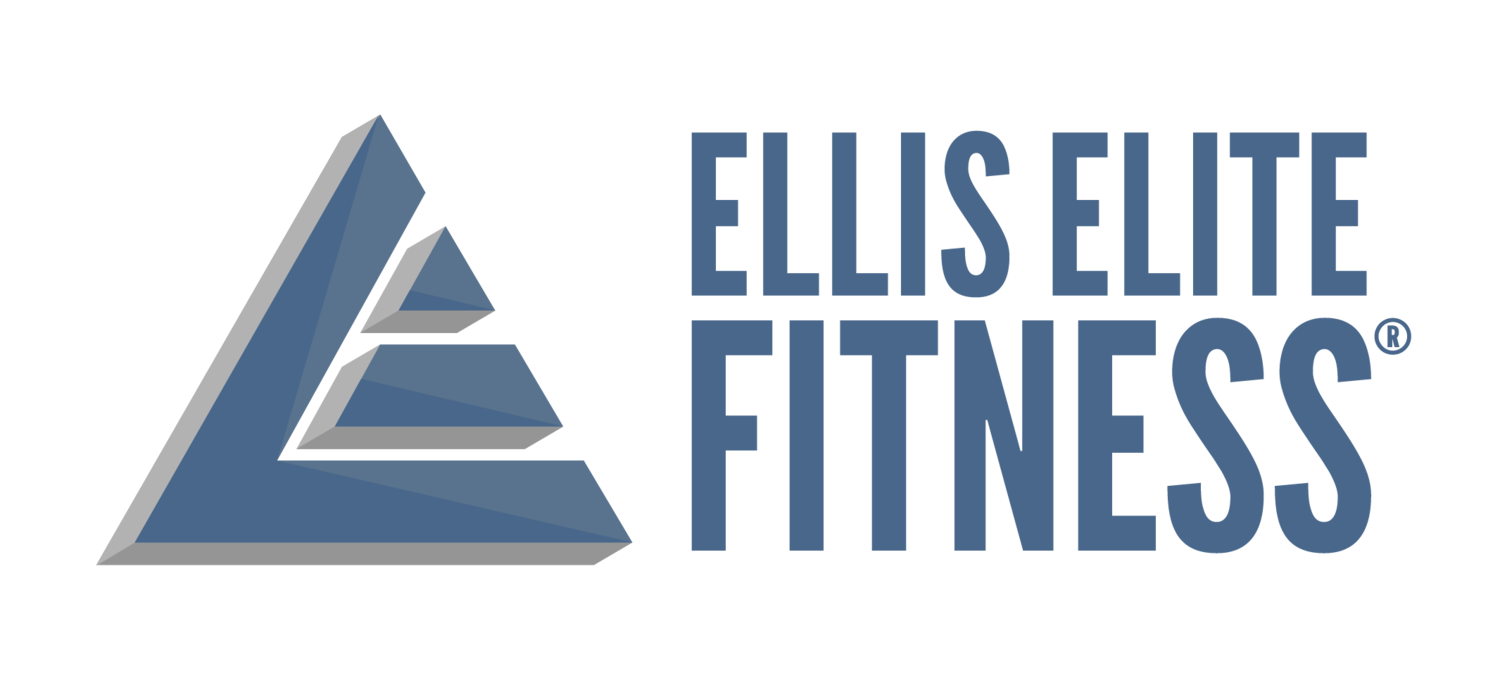3 Things I Learned At Kabuki Strength Movement Fundamentals Seminar
Kabuki Strength is a powerlifting gym in the Pacific Northwest that has produced some crazy strong lifters. Look up the owner, Chris Duffin, on YouTube. What that guy does with a barbell is absolutely insane! He and his team created a movement system designed to help correct faulty patterns and get you moving better and stronger. It’s a great system. A lot of what they teach is about mastering the basics, which I love. Here are a few of my favorite takeaways:
1) Breathing and bracing aren’t the same. Poor breathing mechanics can lead to all sorts of dysfunction in the body, which is why you take care of it first. I've always practiced breathing into my stomach, but they expanded on that explaining that you shouldn’t just breath into your stomach, but 360° throughout your abdomen. You should feel your breath expanding your front, sides, back, and through the ribs as well (just don’t let the chest and shoulders rise).
Next we focused on bracing, After performing the drills with some of the coaches I realized I had been bracing wrong. I was relying on my breath to brace and not bracing through my low back very well. Bracing, like breathing, needs to be 360° through the abdominals. I was bracing through my front and sides, but not through my low back. I was also relying on my breath to maintain my bracing most of the time, this became obvious when we started performing progressions of Dead Bugs and my abs would be shaking as I fought to maintain position while not holding my breath. It was difficult but wonderful all at the same time - something as simple as a Dead Bug was kicking my butt.


I’ve played with exercises such as Dead Bugs and Bird Dogs in my warm-ups before, but wasn’t seeing the benefits in my workouts. After learning how to do them properly I’ve been using them again and loving the results. It helps to prime me for bracing well during my workout, allowing me to stay tighter and lift more weight.
2) Improving foot mechanics will help to improve muscle function and mobility. This was by far my favorite part of the seminar. Just about everyone I meet has messed up feet and ankles, this often leads to dysfunction and sometimes pain upstream. Having strong and mobile feet and ankles that can properly transmit force into the ground is extremely important to strength and function. Poor foot mechanics could lead to a poor functioning glute that could lead to back pain very quickly.
Their explanation of what they call rooting your feet to build and maintain an arch was great. Before, I would think of clawing the ground, but this would curl my toes under which is no good. What I should have been doing was spreading my toes out as much as I possible and building an arch with active feet pushing into the floor at the heels and the balls of the feet. Building an arch this way was difficult at first, but with practice I was able to feel a strong contraction throughout the foot. Simply practicing building an arch and squeezing for a strong contraction a few reps a day will help to strengthen your feet. To progress you can work on maintaining an active and stable foot while balancing on one leg.
They had a number of Rooting drills to choose from that can help those with flat feet or high arches. It was pretty amazing to feel the difference in mobility and muscle function once you took care of the feet and ankles. On day 2 we got the chance to practice a few drills of our choice before we worked on back squats, bench press, and deadlifts. My left ankle gives me a bit of trouble, so before squats I picked a couple of rooting drills as part of my warm-up. I was amazed when I was able to hit a full depth squat without any sort of tightness or pinching in my ankle! All without any ankle mobility work and squatting barefoot.
I’ve been incorporating rooting drills with my clients and have been absolutely loving the results, the seminar was worth it for this alone!





3) I was extending my low back too much on squats and hip extension movements. Basically, I was keeping my chest up by arching my low back, pulling my spine out of neutral alignment. Better bracing helped to fix this, but so did the cue of keeping my ribs tucked. Focusing on keeping my ribs tucked while setting up for and training squats has allowed for much stronger bracing, which means I’m able to transmit more of the force through my legs, saving my low back.
It almost felt like I was rounding forward when they helped to correct me on my squats. It felt awkward, but I had better leg drive doing it. This is a great example of why it’s important to have a friend or colleague check your form, what you’re feeling may not actually be what’s happening.




